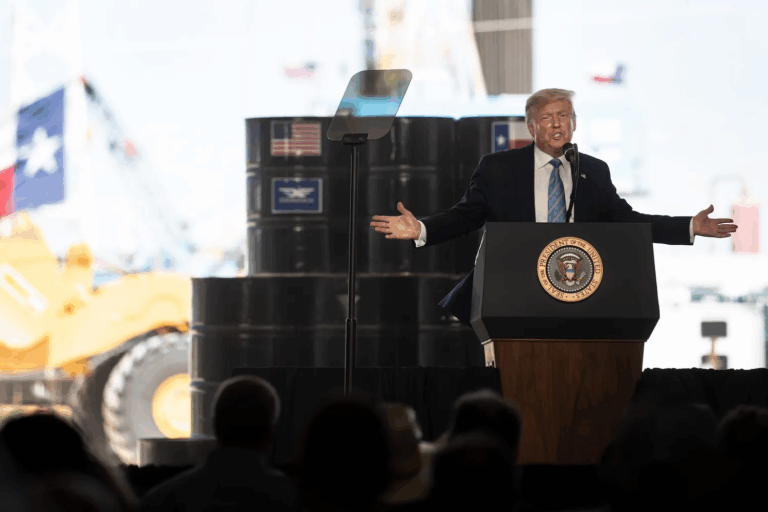This website uses cookies as well as similar tools and technologies to understand visitors’ experiences. By continuing to use this website, you consent to Columbia University’s usage of cookies and similar technologies, in accordance with the Columbia University Website Cookie Notice.
In his latest article in Foreign Affairs, Jason Bordoff, Founding Director of Columbia University SIPA’s Center on Global...
In his latest article in Foreign Affairs, Jason Bordoff, Founding Director of Columbia University SIPA’s Center on Global Energy Policy, examines the meaning of the Trump Administration’s new policy goal of “energy dominance.” Bordoff argues that dominance as a goal sends the wrong signal to our partners around the world and ignores that the U.S. benefits from global energy cooperation and interconnectedness. Ramping up domestic production and exports, key to the administration’s definition of dominance, brings economic and geopolitical benefits to the U.S. But, Bordoff argues, dominance is about more than increasing supply. U.S. energy strength also depends on investing in tomorrow’s new energy technologies, maintaining its leadership role in global energy cooperation, increasing its resilience to market swings, and protecting the environment.
Relevant
Publications
Five Key Decisions to Revitalize US Critical Mineral Stockpiles
The report outlines five foundational choices if a stockpiling strategy is adopted, as bipartisan support suggests is possible.

Energy Security Means Using Less Oil
The war with Iran shows why hopes for energy independence are inadequate.

Proposed EC Regulation Sets Course for Exit from Russian Gas
The European Commission published a proposed regulation on June 17 to end Russian gas imports by the end of 2027.


